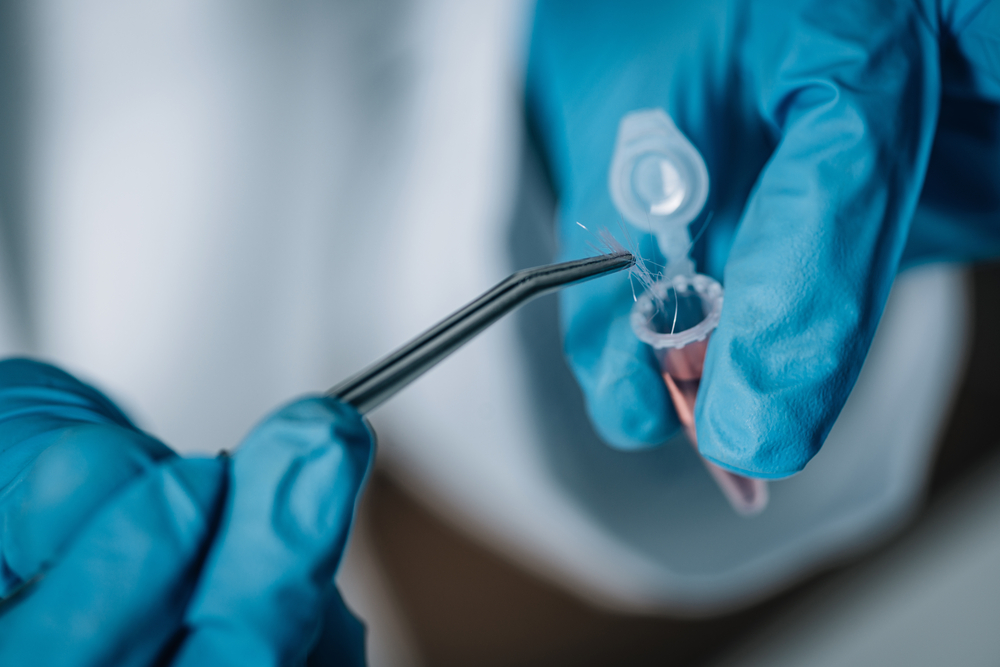From the advent of optical microscopes to today, light microscopy methods have been central to life science discoveries across disciplines.
What Is Light Microscopy?
Light microscopy is a key tool that scientists use to image cells, organelles, subcellular structures, and molecules such as proteins and nucleic acids. Because visible light leaves biological specimens relatively unperturbed, light microscopy enables researchers to view cells without damaging their samples and capture dynamic processes over long periods of time.1 Light microscopy resolution varies based on technique, which can be broadly classified as brightfield or fluorescence microscopy.
Types of Light Microscopy
Brightfield
In brightfield microscopy, scientists place their sample in between a light source and a detection lens, or objective. As light passes from its source to the objective, the sample absorbs, scatters, or deflects the light, which allows researchers to view the sample. Many cells are difficult to see with brightfield microscopy because they are thin and transparent, so they do not absorb much light. Scientists turn to variations of this method to detect the subtle light phase shift induced by cells. For instance, although brightfield alone may be sufficient to see the general outlines of cells, phase contrast causes cells to appear dark on a light background for better contrast, and differential interference contrast (DIC) gives cells a pseudo-3D shaded appearance.1
A newer method developed by Evident called gradient contrast also enables researchers to acquire high-contrast pseudo-3D images. Unlike methods such as phase contrast and DIC, which depend on multiple optical components to generate contrast, the gradient contrast method needs only a gradient neutral density (ND) filter.2 Regardless of the approach, these brightfield-based techniques adjust image contrast through optical parameters, enabling life science researchers to view cells without staining or toxic dyes.1
Fluorescence
Fluorescence microscopy typically relies on epifluorescence, in which a shorter wavelength of light, also referred to as excitation light, illuminates the sample through the same objective that detects emission light produced by molecules in the sample. This technique allows scientists to visually capture fluorescent molecules known as fluorophores, which absorb excitation light and emit energy in the form of longer light wavelengths. Because most molecules in the cell are not naturally fluorescent, researchers must add fluorescent labels to their samples in the form of engineered proteins or dyes. Scientists use microscopy filters to distinguish multiple different labels based on molecule-specific emission wavelengths, simultaneously and at very low abundance. This makes fluorescence microscopy ideal for imaging live cells, dynamic interactions, and single molecules.1
Light Microscopy Applications and Advances
The APEXVIEW APX100 microscope incorporates renowned Olympus optics, an intuitive user interface, and a suite of smart features for rapid autofocus and sample navigation.
Evident
From the advent of optical microscopes in the 16th century to today,2 researchers have employed light microscopy for breakthroughs across the life sciences, including the discovery of microorganisms and red blood cells, and detecting organelles and proteins with precise detail. Scientific progress in the 20th century gave rise to brightfield methods such as phase contrast, which enabled researchers to see unstained transparent objects, became indispensable tools in biological research, and laid the foundations for fluorescence microscopy, higher resolution techniques, and live-cell imaging.
Researchers now turn to advances such as automation and smart technologies to take the next steps forward with light microscopy, combining ease of use and high-quality image data. The APEXVIEW APX100 all-in-one microscope from Evident is built with Olympus optics, an intuitive user interface, and a powerful suite of smart features with artificial intelligence for rapid autofocus and sample navigation.3 With these features, and no need to look through an eyepiece, scientists can spend less time adjusting microscope settings and more time on their experiments. This new microscope supports a range of imaging methods and applications to acquire images with brightfield techniques, including phase contrast and gradient contrast, and fluorescence microscopy without needing a dark room. Researchers across imaging experience levels can streamline microscopy workflows with the APX100, capturing fast and simple publication-quality images.
References
- Thorn K. A quick guide to light microscopy in cell biology. Mol Biol Cell. 2016;27(2):219-22.
- An Introduction to the Gradient Contrast Method. Evident. Accessed August 14, 2023.
- Streamline Your Research Workflow with an All-in-One Microscope. Evident. Accessed August 14, 2023.
















